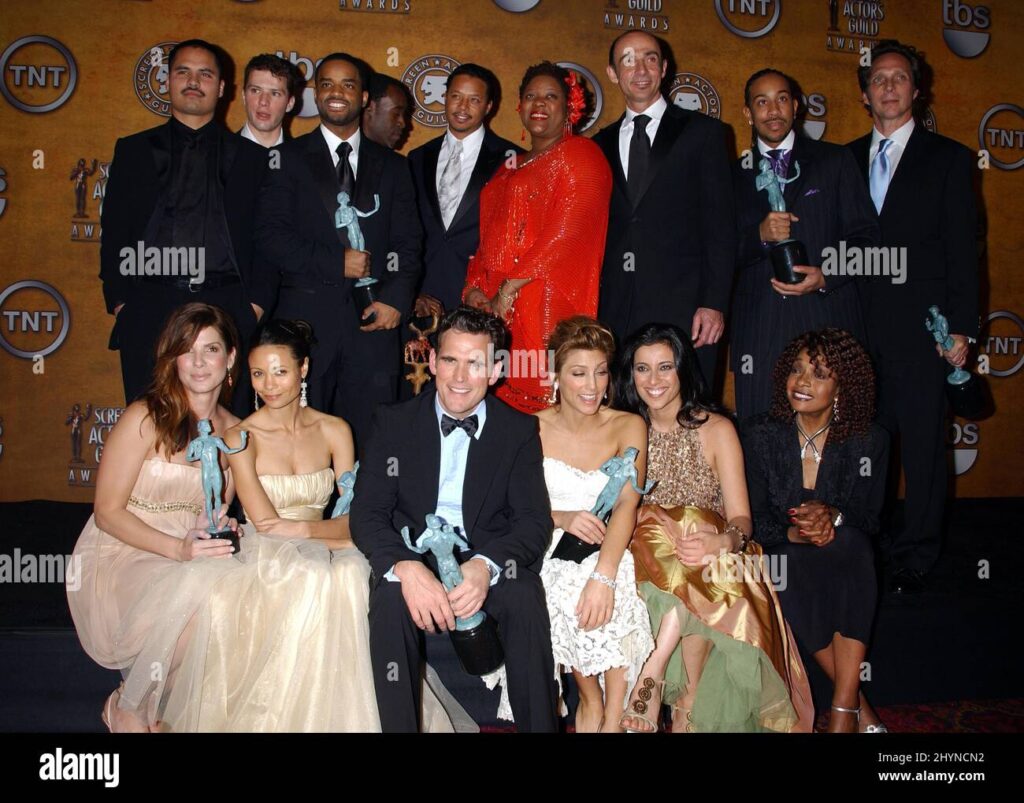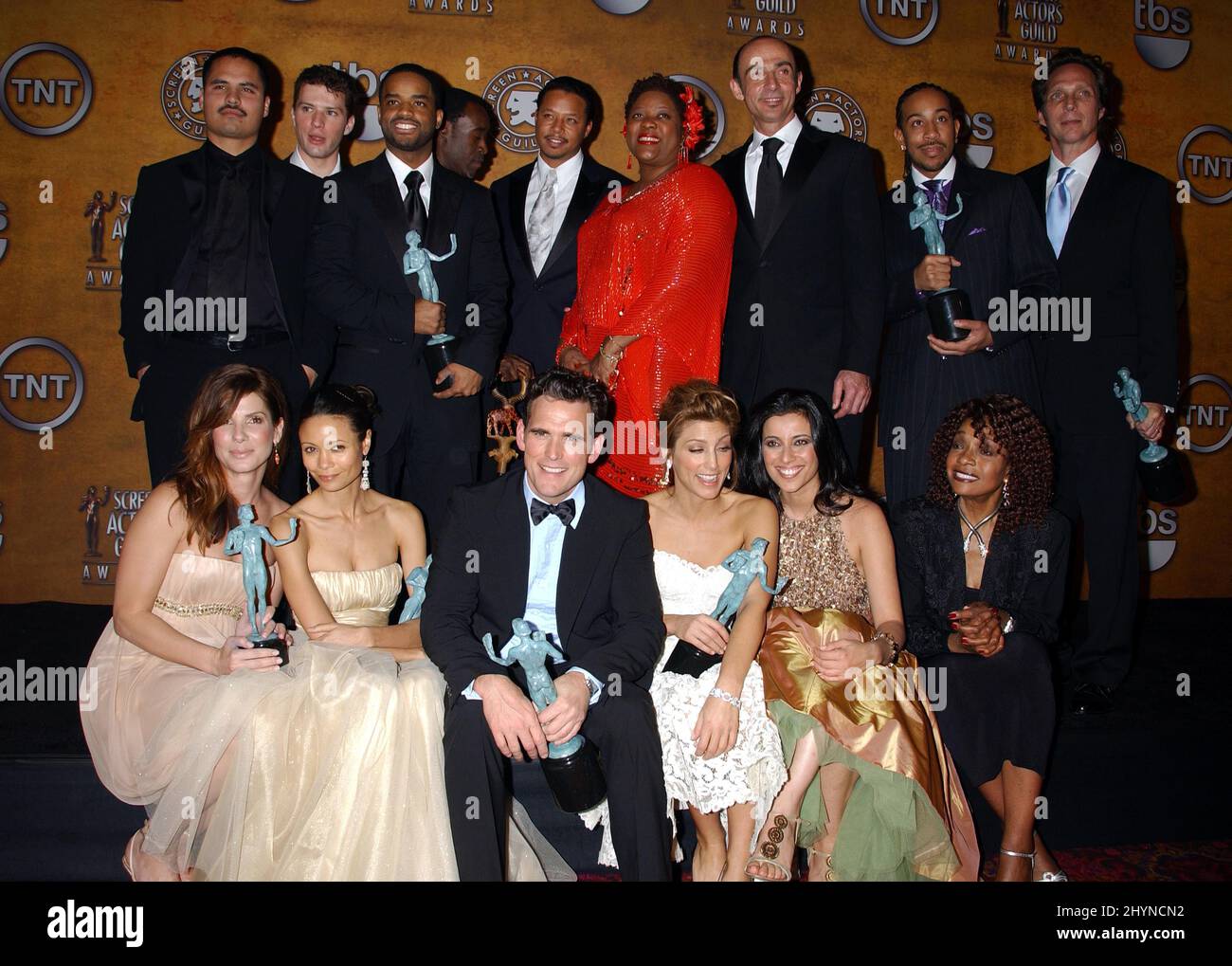
Crash Movie: Exploring Themes of Racism and Redemption in Modern America
Paul Haggis’s 2004 film, Crash, remains a controversial yet undeniably impactful exploration of racial tensions and societal prejudices in contemporary Los Angeles. The Crash movie, an ensemble drama, intricately weaves together the lives of seemingly disparate individuals whose paths intersect through a series of events fueled by fear, misunderstanding, and ultimately, the potential for human connection. This article delves into the complexities of Crash, examining its narrative structure, thematic concerns, critical reception, and enduring legacy.
Narrative Structure and Intertwined Destinies
Crash distinguishes itself through its non-linear narrative, presenting a series of interconnected vignettes that gradually reveal the characters’ backgrounds, motivations, and biases. The film opens with a car accident, a literal crash, that serves as a catalyst for the unfolding drama. From there, the story jumps back and forth in time, introducing a diverse cast of characters including a wealthy district attorney and his pampered wife, a black television director and his resentful wife, two carjackers, a Persian shopkeeper, a racist police officer, and a hardworking Latino locksmith and his family. Each character is grappling with their own prejudices and insecurities, which are exacerbated by their interactions with others.
The beauty and the challenge of Crash lies in its ability to portray the grey areas of human behavior. No character is entirely good or entirely evil; rather, they are all flawed individuals struggling to navigate a complex and often hostile social landscape. The film forces viewers to confront their own biases and consider the perspectives of those who are different from them. The impact of the Crash movie lies in its ability to evoke empathy, even for characters whose actions are reprehensible.
Themes of Racism, Prejudice, and Redemption
At its core, Crash is a film about racism and prejudice. The film explores the subtle and overt ways in which these forces manifest themselves in everyday life. From the casual microaggressions to the blatant acts of discrimination, Crash exposes the pervasive nature of racism in American society. The Crash movie doesn’t shy away from uncomfortable truths, showcasing how prejudice can be both conscious and unconscious, and how it can affect individuals from all walks of life.
However, Crash is not simply a bleak portrayal of racial animosity. The film also offers glimpses of hope and redemption. Through acts of kindness, forgiveness, and self-sacrifice, some characters are able to overcome their prejudices and forge genuine connections with others. The Crash movie suggests that even in the midst of chaos and division, there is always the potential for understanding and reconciliation. The possibility of redemption is a recurring motif throughout the film, offering a nuanced perspective on the complexities of human nature.
The Role of Fear and Misunderstanding
Fear and misunderstanding play a significant role in fueling the conflicts in Crash. Characters often react based on preconceived notions and stereotypes, rather than taking the time to understand the individuals they encounter. This fear can lead to misinterpretations and escalations, resulting in tragic consequences. The Crash movie demonstrates how easily fear can be manipulated and how it can contribute to a climate of distrust and animosity. The film encourages viewers to examine their own fears and biases and to consider the potential consequences of acting on them without critical thought.
The Power of Empathy and Connection
Despite the pervasive negativity, Crash also highlights the power of empathy and human connection. In several instances, characters are able to transcend their prejudices and offer compassion and support to others. These moments of connection serve as a reminder that despite our differences, we are all fundamentally human and capable of understanding and caring for one another. The Crash movie suggests that by fostering empathy and building bridges across cultural divides, we can create a more just and equitable society.
Critical Reception and Controversy
Crash received mixed reviews upon its release, with some critics praising its bold exploration of racial themes and others criticizing its heavy-handed approach and reliance on stereotypes. The film was a commercial success, grossing over $55 million in the United States. However, it was also the subject of considerable controversy, particularly after it won the Academy Award for Best Picture in 2006, beating out films like Brokeback Mountain and Good Night, and Good Luck. Many felt that Crash was an undeserving winner, arguing that it oversimplified complex issues and relied on simplistic narratives. Despite the controversy, Crash remains a significant and thought-provoking film that continues to spark debate and discussion about race relations in America.
The Crash movie‘s win at the Oscars was seen by some as a reflection of Hollywood’s own biases and its tendency to reward films that address social issues in a palatable and non-threatening way. Others defended the film, arguing that it succeeded in raising awareness about important issues and prompting viewers to confront their own prejudices. Regardless of one’s opinion of the film, there is no denying its cultural impact and its ability to generate conversation.
Enduring Legacy and Cultural Impact
Despite the controversies surrounding its release, Crash has had a lasting impact on American cinema and culture. The film has been credited with sparking important conversations about race, prejudice, and social justice. It has also influenced other films and television shows that have tackled similar themes. The Crash movie‘s success demonstrated the audience’s appetite for stories that grapple with complex social issues, even if those stories are uncomfortable and challenging. The film’s legacy extends beyond its critical reception, shaping the landscape of contemporary American cinema.
The Crash movie serves as a potent reminder of the challenges we face in creating a truly equitable and just society. It encourages us to confront our own biases, to listen to the experiences of others, and to work towards building bridges across cultural divides. While the film may not offer easy answers, it provides a valuable starting point for meaningful dialogue and positive change. [See also: Understanding Systemic Racism in America] The enduring relevance of Crash lies in its ability to provoke thought, spark conversation, and inspire action.
The Technical Aspects of Crash
Beyond the narrative and thematic elements, the technical aspects of the Crash movie contribute significantly to its overall impact. The cinematography, editing, and sound design all work together to create a sense of tension and unease, mirroring the emotional turmoil experienced by the characters. The use of close-ups and handheld camera work immerses the viewer in the characters’ perspectives, allowing them to experience their fears and anxieties firsthand. The editing is fast-paced and jarring, reflecting the chaotic and unpredictable nature of the events unfolding on screen. The sound design is equally effective, using a mix of diegetic and non-diegetic sound to create a sense of atmosphere and suspense.
Conclusion
Crash remains a significant and complex film that continues to resonate with audiences today. While its portrayal of race relations has been subject to criticism, its exploration of prejudice, fear, and redemption is undeniably powerful. The Crash movie challenges viewers to confront their own biases and to consider the perspectives of others. Its enduring legacy lies in its ability to spark dialogue and inspire action towards a more just and equitable society. Whether one agrees with its message or not, Crash is a film that demands to be seen and discussed. The film’s impact on contemporary cinema is undeniable, solidifying its place as a significant work of art that explores the complexities of human relationships within a racially charged environment. The Crash movie is a thought-provoking and often uncomfortable experience, but one that ultimately leaves a lasting impression.

